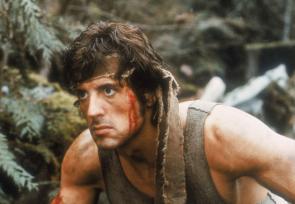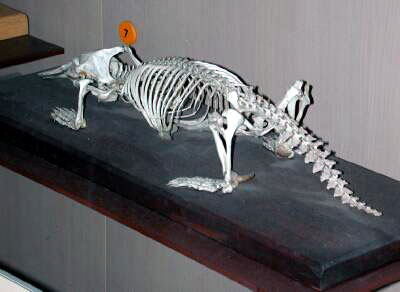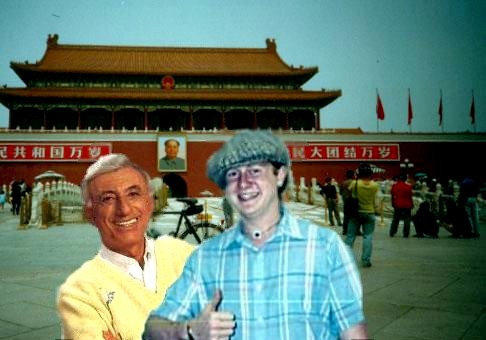Camping, hiking and exploration are fun and exciting diversions. But it’s best to be safe when you’re out in the great untamed wilderness. So, we now present a guide for survival. Keep this on your person if you venture from the enveloping warmth of your home and you’ll always be safe, secure and alive, even in the worst situations. Have fun out there in the wild with all those trees and squirrels and junk.

If you have a magnet, a piece of cork and a needle, all you need to do is make thread from a nearby plant, so you can sew the magnet to the piece of cork.
It’s easy to get despaired when you’re lost. A good way to pick yourself up is to use the skulls from animals you kill to perform cheery puppet shows.
If you’re ever lost in the Alps during a bitterly cold winter, make sure you have a number of different items that will interest future archaeologists. Make sure to include items of a cultural nature.
Getting lost in Antarctica can be hard sometimes. Don’t waste time trying to find a polar bear you can disembowel to shelter in its body cavity. Polar bears only live in the North Pole.
Make sure you learn how to say “Can you help me?” in Chinese. As there are 1.2 billion Chinese, odds are that one out four people you come across will be Chinese.
If you lose your way when traveling through the Mystic Caves of Aar’ushbak, try and find the Talisman of Gindor. If you utter the sacred chants it will cast forth a guiding light and show you the way to safety.
Long hours of tedius boredom can result from being lost in an unfamiliar enviornment while waiting for rescue. For entertainment, try looking at things.
Snowstorms can result in a phenomenon called “White Out” which makes it very difficult to see your surroundings. So don’t forget to bring your glasses or bi-focals.
If you’re lost, there’s an easy way to tell where you are. Look in the sink as the water drains out. Does it go clockwise? You’re in the Northern Hemisphere!
Dehydration is a major problem in the desert. Make sure you drink lots of water. If you can’t find water, remember clouds are made of water!
For thousands of years, sailors have used the stars to navigate. You can too. Look up into the sky. Do you see a comet? Remember, the comet’s tail always points away from the Sun. Also, comets may herald the coming of a new king.
If you ever need to make a fire, try to find a thunderstorm and use the lightning.
If you lose your way in the forest, a tree will tell you which way to go; remember that bark only grows on the outside of trees.
Do you see waves crashing on the shore? You’re probably near an ocean.
An easy way to ensure that you never get lost is to always carry a map with you. The easiest way to do this is to carry around a miniature globe pencil sharpener that you can use as a keychain.
If you find yourself naked in the forest, remember that swans make wonderful dresses.
You can always use the Sun to find out where you are. Do you see the Sun? Good, you’re 93 million miles away from it.
If you’re hungry, there are many edible plants in the forest. The way you can tell if it’s edible is to see whether it fits in your mouth.
If you’re ever lost at sea, remember that salt water is non-potable. Next time try to get lost on a lake.




